Home>Home Appliances>Cleaning Appliances>What Is A Mop
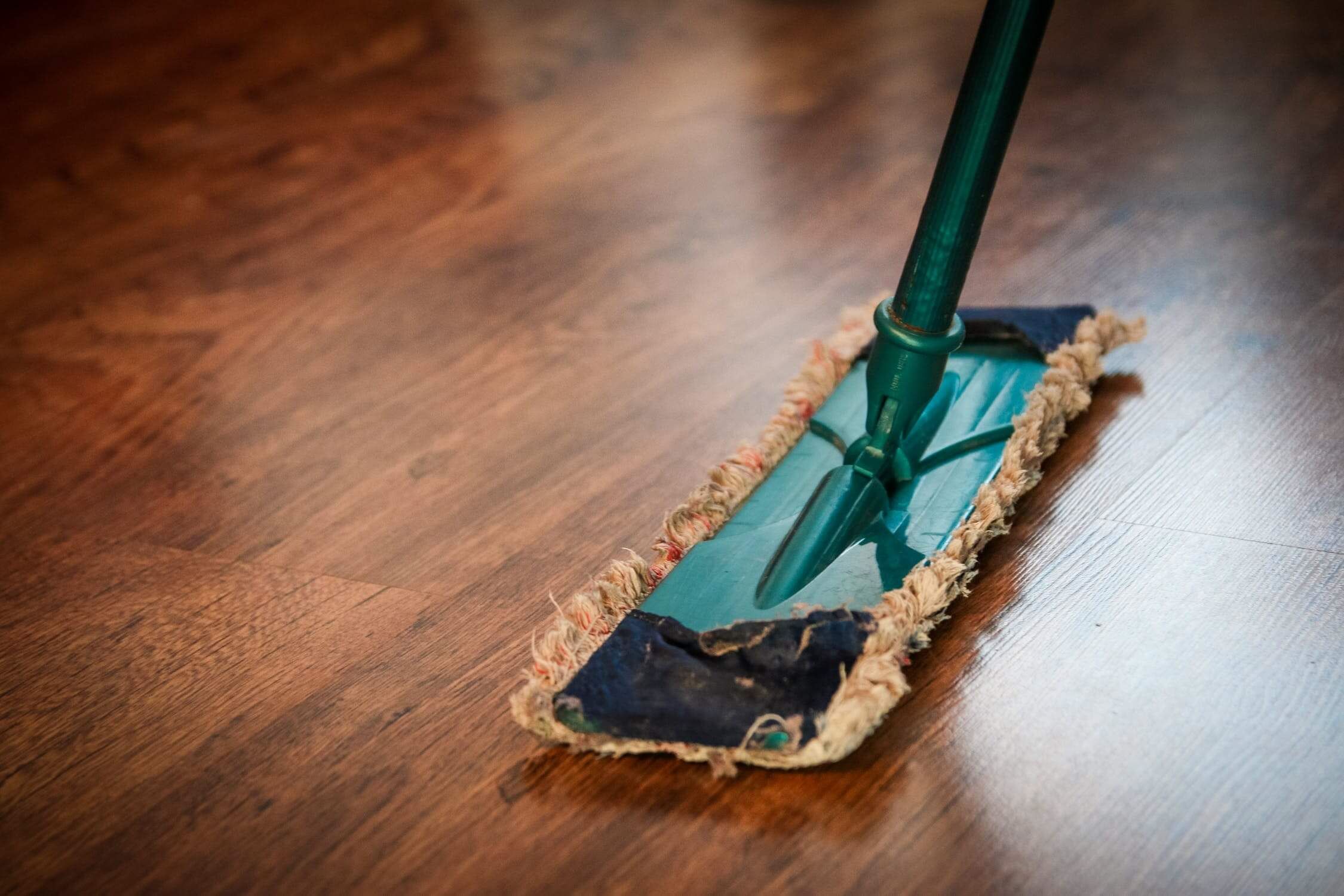

Cleaning Appliances
What Is A Mop
Modified: April 22, 2024
Discover the benefits of using a mop for your cleaning needs. Learn about different types of mops and how they can make your cleaning routine more efficient.
(Many of the links in this article redirect to a specific reviewed product. Your purchase of these products through affiliate links helps to generate commission for Storables.com, at no extra cost. Learn more)
Introduction
Welcome to the world of cleaning, where a simple tool can make a world of difference. In the realm of household cleaning, one of the most essential and versatile tools is the humble mop. Whether you're tackling a small spill or giving your entire floor a thorough scrub, a good mop is a reliable companion in your battle against dirt and grime.
The sight of a mop may bring to mind images of a traditional string mop or perhaps a sleek microfiber mop, but there's more to this cleaning essential than meets the eye. From the classic cotton mop to the modern spin mop, there are various types of mops designed to cater to different cleaning needs. Understanding the features and benefits of each type can help you choose the most suitable one for your specific cleaning tasks.
In this comprehensive guide, we'll delve into the world of mops, exploring their types, uses, and maintenance. Whether you're a seasoned cleaning aficionado or a newcomer to the art of household maintenance, this article will equip you with valuable insights into the world of mopping. So, let's roll up our sleeves and embark on a journey to discover the wonders of this indispensable cleaning tool.
Key Takeaways:
- Mops come in various types, each designed for specific cleaning needs, from traditional string mops to innovative spin and steam mops. Choosing the right type can enhance cleaning efficiency and effectiveness.
- Proper maintenance, such as regular cleaning, sanitization, and storage, is essential to prolong the lifespan and effectiveness of mops. Well-maintained mops contribute to a healthier and more inviting home environment.
Read more: What Is Wet Mop
Definition of a Mop
At its core, a mop is a cleaning tool consisting of a handle and a head, typically made of absorbent materials such as cotton, microfiber, or sponge. The head of the mop is used to apply water, cleaning solutions, or disinfectants to floors, walls, or other surfaces, while the handle allows for easy maneuvering and control.
Mops come in various shapes and sizes, each tailored to specific cleaning needs. The primary function of a mop is to remove dirt, dust, stains, and spills from surfaces, leaving them clean and sanitized. The absorbent nature of the mop head enables it to soak up liquid and capture particles, ensuring thorough cleaning.
While the basic design of a mop remains consistent, advancements in materials and technology have led to the development of specialized mops that offer enhanced cleaning performance and convenience. From traditional string mops to innovative spin mops and steam mops, the world of mops is diverse and ever-evolving, catering to the diverse cleaning requirements of homes, offices, and commercial spaces.
Furthermore, mops are often used in conjunction with cleaning solutions, disinfectants, or water to achieve optimal results. The choice of cleaning agent depends on the type of surface being cleaned and the nature of the soiling. Whether it’s tackling stubborn stains on a kitchen floor or maintaining the pristine condition of hardwood surfaces, the right mop, paired with the appropriate cleaning solution, can make the task significantly more manageable.
Understanding the role of a mop in the realm of cleaning is essential for harnessing its full potential. By grasping the fundamental purpose and capabilities of a mop, you can make informed decisions when selecting the most suitable type of mop for your cleaning needs and ensure effective and efficient cleaning outcomes.
Types of Mops
When it comes to mops, one size certainly does not fit all. The world of mops encompasses a diverse array of types, each designed to address specific cleaning challenges and preferences. Understanding the unique features and advantages of each type can empower you to make an informed choice that aligns with your cleaning requirements. Let’s explore some of the most common types of mops:
- Traditional String Mops: These mops feature a classic design with a head composed of cotton or synthetic strings. They are highly absorbent and suitable for general-purpose cleaning. Traditional string mops are versatile and can be used on a variety of floor surfaces, making them a popular choice for household cleaning.
- Sponge Mops: Characterized by a sponge head, these mops excel at absorbing liquid spills and are ideal for tiled or smooth flooring. The sponge head can be easily wrung out, allowing for efficient moisture control during cleaning.
- Flat Mops: Also known as microfiber mops, flat mops feature a flat, rectangular head made of microfiber material. They are highly effective at trapping dust and debris, making them well-suited for dry mopping and dusting tasks. Flat mops are lightweight and maneuverable, offering convenience during cleaning.
- Spin Mops: These innovative mops incorporate a spinning mechanism in the mop head, enabling swift wringing and moisture control. Spin mops are popular for their user-friendly operation and ability to remove excess water, resulting in faster drying times for floors.
- Steam Mops: Utilizing the power of steam, these mops sanitize and deodorize floors without the need for chemical cleaning agents. Steam mops are particularly effective for killing germs and bacteria, making them a hygienic choice for households with pets or young children.
Each type of mop offers distinct advantages, catering to specific cleaning preferences and surfaces. Whether you’re seeking a high-absorbency mop for deep cleaning or a convenient, low-maintenance option for regular upkeep, there’s a mop type tailored to meet your needs. By understanding the unique features of each type, you can make an informed decision that enhances the efficiency and effectiveness of your cleaning routine.
A mop is a cleaning tool with a long handle and a absorbent material at the end, used to clean floors. It is important to wring out excess water from the mop to prevent streaks and water damage on the floor.
How to Use a Mop
Mastering the art of using a mop effectively can elevate your cleaning routine and ensure sparkling, spotless floors. Whether you’re tackling a small spill or giving your entire floor a thorough scrub, the following steps will guide you through the process of using a mop with finesse:
- Prepare the Cleaning Solution: Depending on the type of surface and the nature of the soiling, prepare a suitable cleaning solution or use water alone for light mopping tasks. Ensure that the cleaning solution is well-diluted and compatible with the flooring material to prevent damage.
- Wet the Mop: Submerge the mop head in the cleaning solution or water, allowing it to absorb the liquid fully. For string mops and sponge mops, ensure that the entire head is saturated for optimal cleaning performance.
- Wring Out Excess Liquid: If using a traditional string mop or sponge mop, wring out excess liquid to achieve the desired level of dampness. For spin mops, utilize the wringing mechanism to control the moisture content of the mop head.
- Begin Mopping: Starting from a designated area, such as a corner of the room, begin mopping in a systematic pattern, such as back-and-forth or side-to-side motions. Apply gentle pressure to the mop to effectively lift dirt and stains from the surface.
- Refresh the Mop as Needed: As the mop becomes soiled or loses its dampness, refresh it with additional cleaning solution or water. Ensure that the mop remains sufficiently damp throughout the cleaning process to prevent streaking and achieve uniform cleaning results.
- Pay Attention to Corners and Edges: Use the edges of the mop head or a separate detailing tool to clean hard-to-reach areas, corners, and edges effectively. Thoroughly addressing these areas ensures comprehensive cleaning and a polished finish.
- Allow the Floor to Dry: After completing the mopping process, allow the floor to air dry naturally or use a dry mop or cloth to absorb any residual moisture. Proper drying helps prevent slips and falls while showcasing the pristine cleanliness of the floor.
By following these steps, you can harness the full potential of your chosen mop and achieve exceptional cleaning results. Whether you’re maintaining hardwood floors, tiled surfaces, or laminate flooring, mastering the art of mopping empowers you to uphold a clean and inviting environment within your living spaces.
Maintenance and Care of Mops
Proper maintenance and care are essential for preserving the functionality and cleanliness of mops, ensuring that they remain effective tools for your cleaning endeavors. By adopting a few simple practices, you can prolong the lifespan of your mops and maintain their cleaning performance. Here are some key maintenance and care tips to keep your mops in optimal condition:
- Regular Cleaning: After each use, thoroughly rinse the mop head to remove any residual dirt, debris, or cleaning solution. For machine-washable mop heads, follow the manufacturer’s instructions for washing and drying. Regular cleaning prevents the buildup of grime and odors, preserving the absorbency of the mop.
- Sanitization: If your mop is used in areas prone to bacteria or germs, such as bathrooms or kitchens, consider sanitizing the mop head regularly. This can be achieved through methods such as soaking the mop in a diluted bleach solution or using a disinfectant spray to kill harmful microorganisms.
- Storage: Allow the mop head to dry completely before storing to prevent the growth of mold and mildew. Hang the mop in a well-ventilated area or utilize a mop holder to ensure proper air circulation around the head. Avoid storing a damp or wet mop, as this can lead to unpleasant odors and bacterial growth.
- Inspect and Replace: Periodically inspect the mop head for signs of wear, such as fraying or deterioration. If the mop head shows significant wear and tear, consider replacing it to maintain optimal cleaning performance. Keeping the mop head in good condition is essential for achieving thorough and effective cleaning results.
- Handle Care: If your mop features a detachable or extendable handle, ensure that it is cleaned and maintained regularly. Check for any signs of damage or instability in the handle and address any issues promptly to prevent accidents during cleaning.
- Proper Drying: After cleaning and maintenance, allow the mop head and handle to dry completely before storing them. Proper drying prevents the development of musty odors and extends the longevity of the mop components.
By incorporating these maintenance practices into your cleaning routine, you can ensure that your mops remain reliable and effective tools for maintaining clean and hygienic living spaces. A well-maintained mop not only enhances the efficiency of your cleaning efforts but also contributes to a healthier and more inviting home environment.
Read more: What Is Mop Sink
Conclusion
As we conclude our exploration of the world of mops, it’s evident that these unassuming cleaning tools play a pivotal role in maintaining clean, hygienic living spaces. From traditional string mops to innovative spin mops and steam mops, the diverse array of mop types offers versatile solutions for a wide range of cleaning challenges.
Understanding the unique features and advantages of each type of mop empowers individuals to make informed choices that align with their specific cleaning needs. Whether it’s tackling spills, removing stubborn stains, or conducting routine floor maintenance, the right mop can significantly enhance the efficiency and effectiveness of the cleaning process.
Furthermore, mastering the art of using a mop, coupled with diligent maintenance and care practices, ensures that these indispensable cleaning tools remain reliable and efficient throughout their lifespan. By adopting simple yet impactful maintenance measures, individuals can prolong the functionality of their mops and uphold a clean and inviting home environment.
As we bid adieu to our journey through the world of mops, let’s carry forth the knowledge and insights gained to elevate our cleaning routines and transform the chore of mopping into a rewarding and effective endeavor. Whether you’re a cleaning enthusiast or a novice in the realm of household maintenance, the humble mop stands ready to assist you in your quest for cleanliness and comfort within your living spaces.
Frequently Asked Questions about What Is A Mop
Was this page helpful?
At Storables.com, we guarantee accurate and reliable information. Our content, validated by Expert Board Contributors, is crafted following stringent Editorial Policies. We're committed to providing you with well-researched, expert-backed insights for all your informational needs.

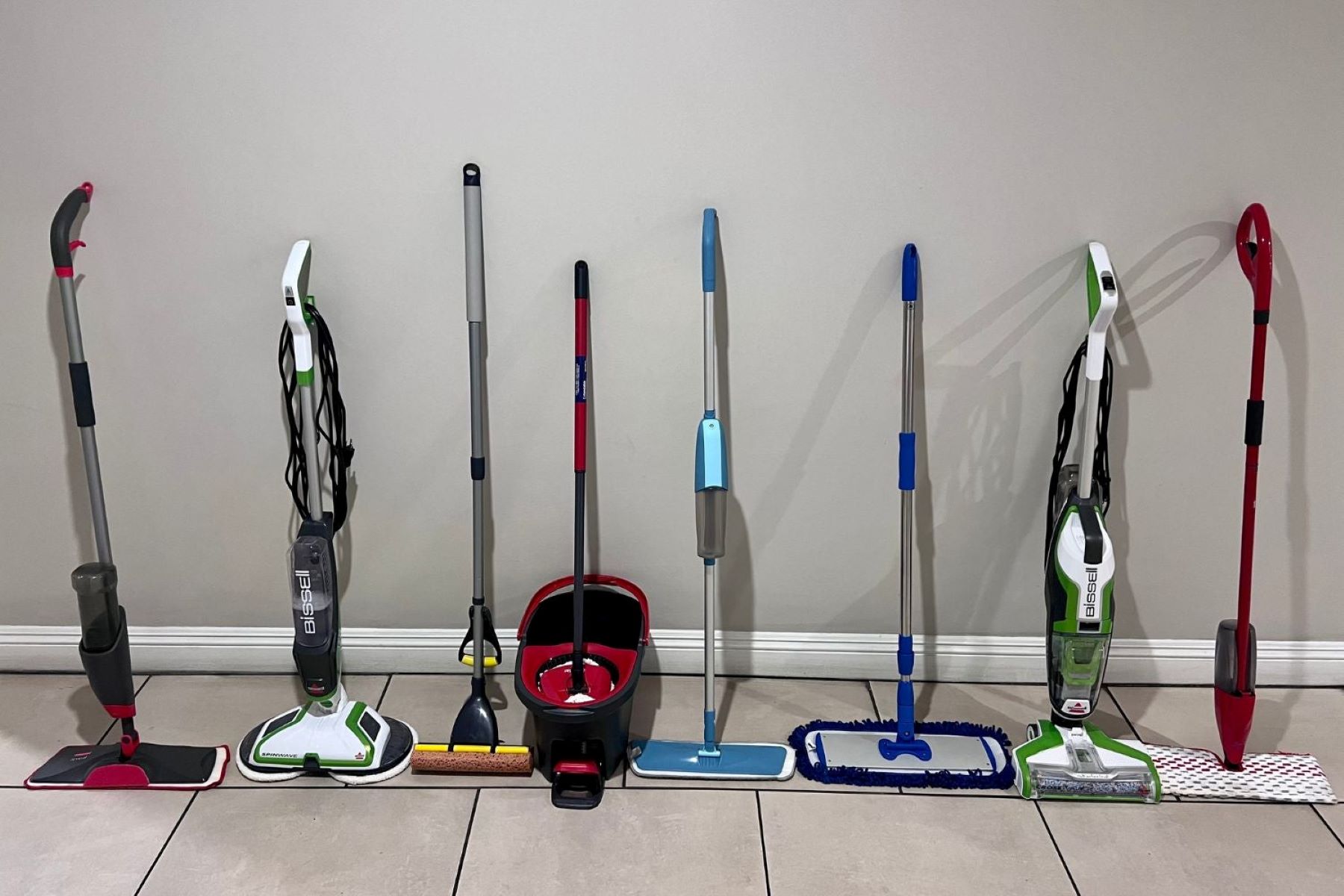
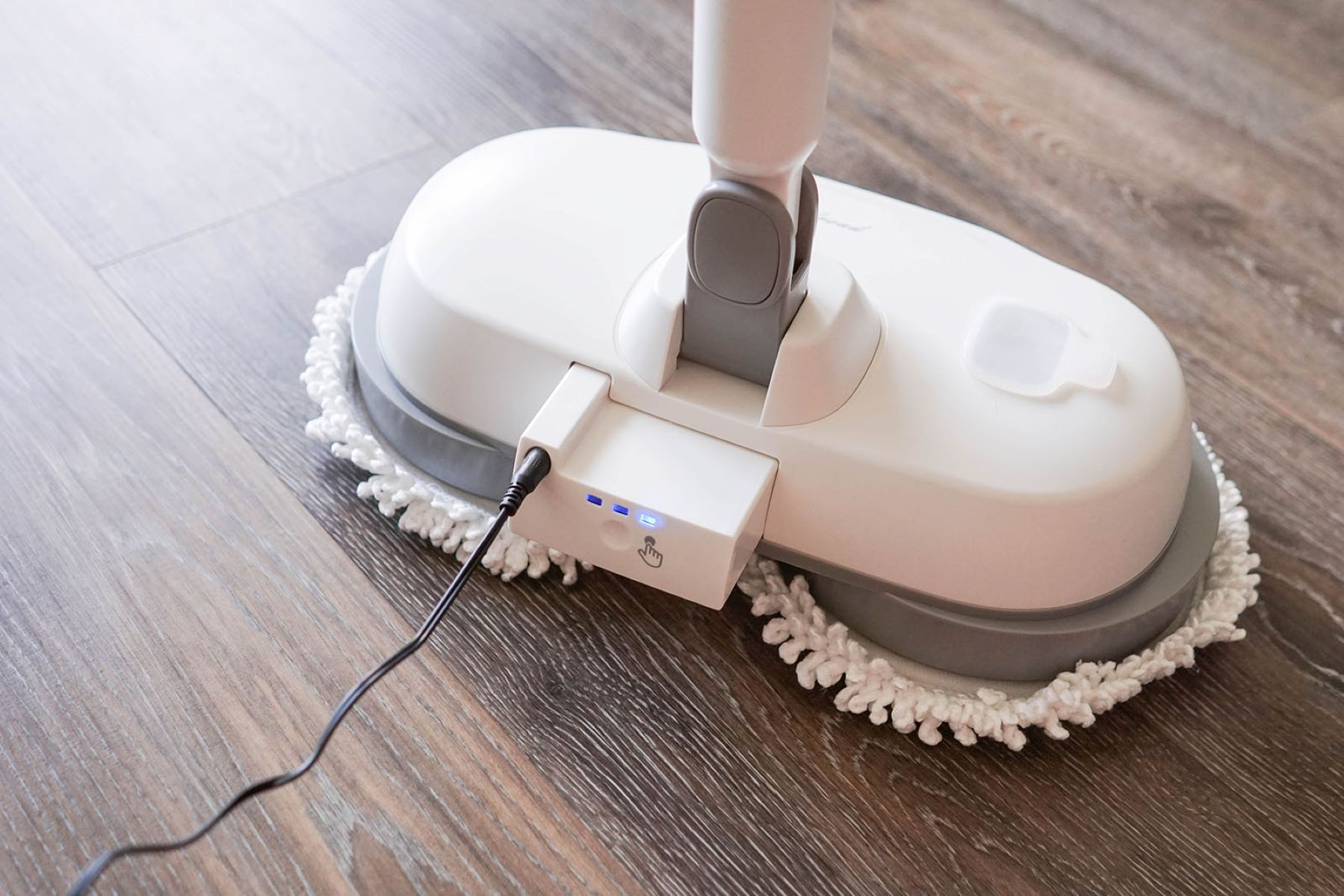
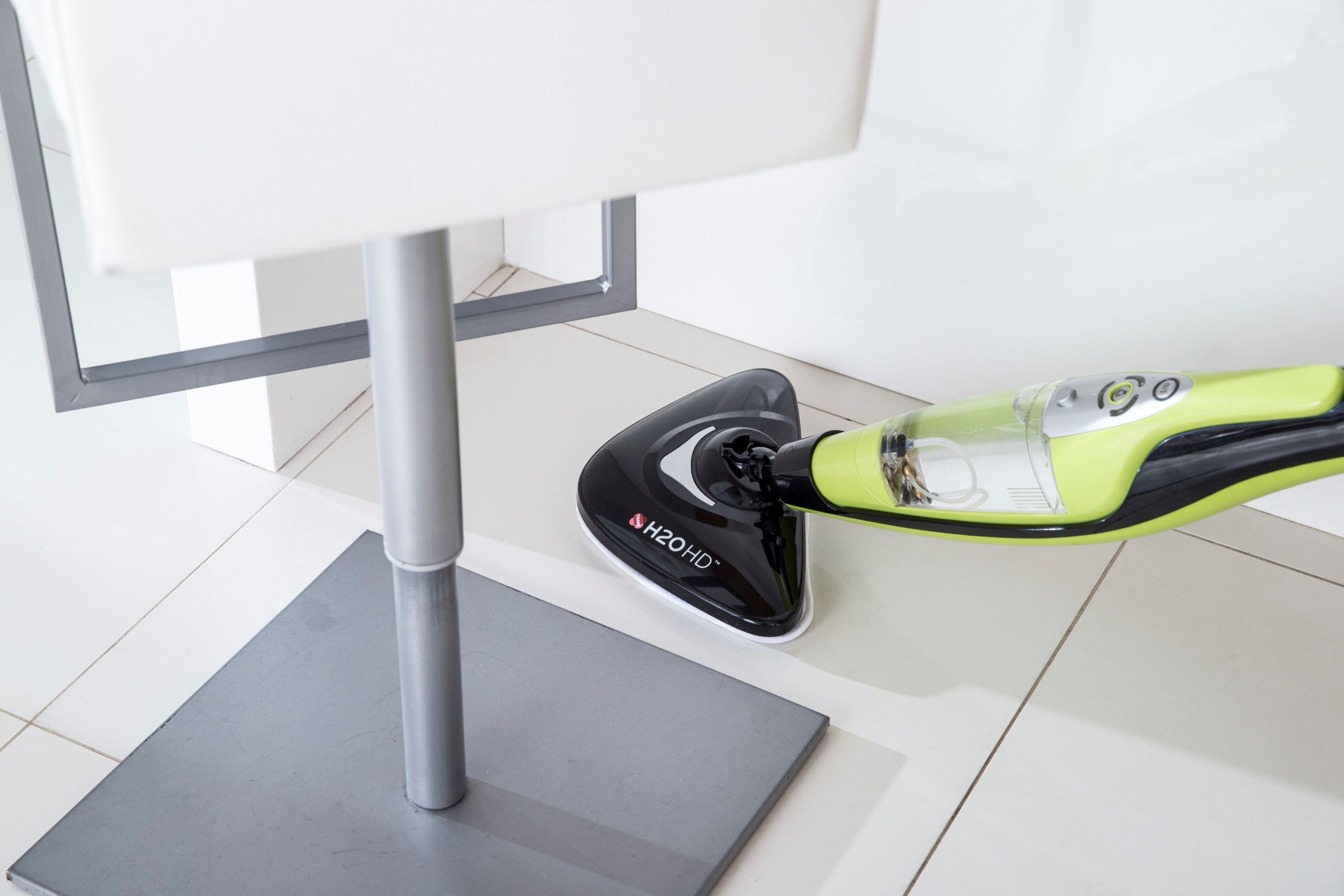
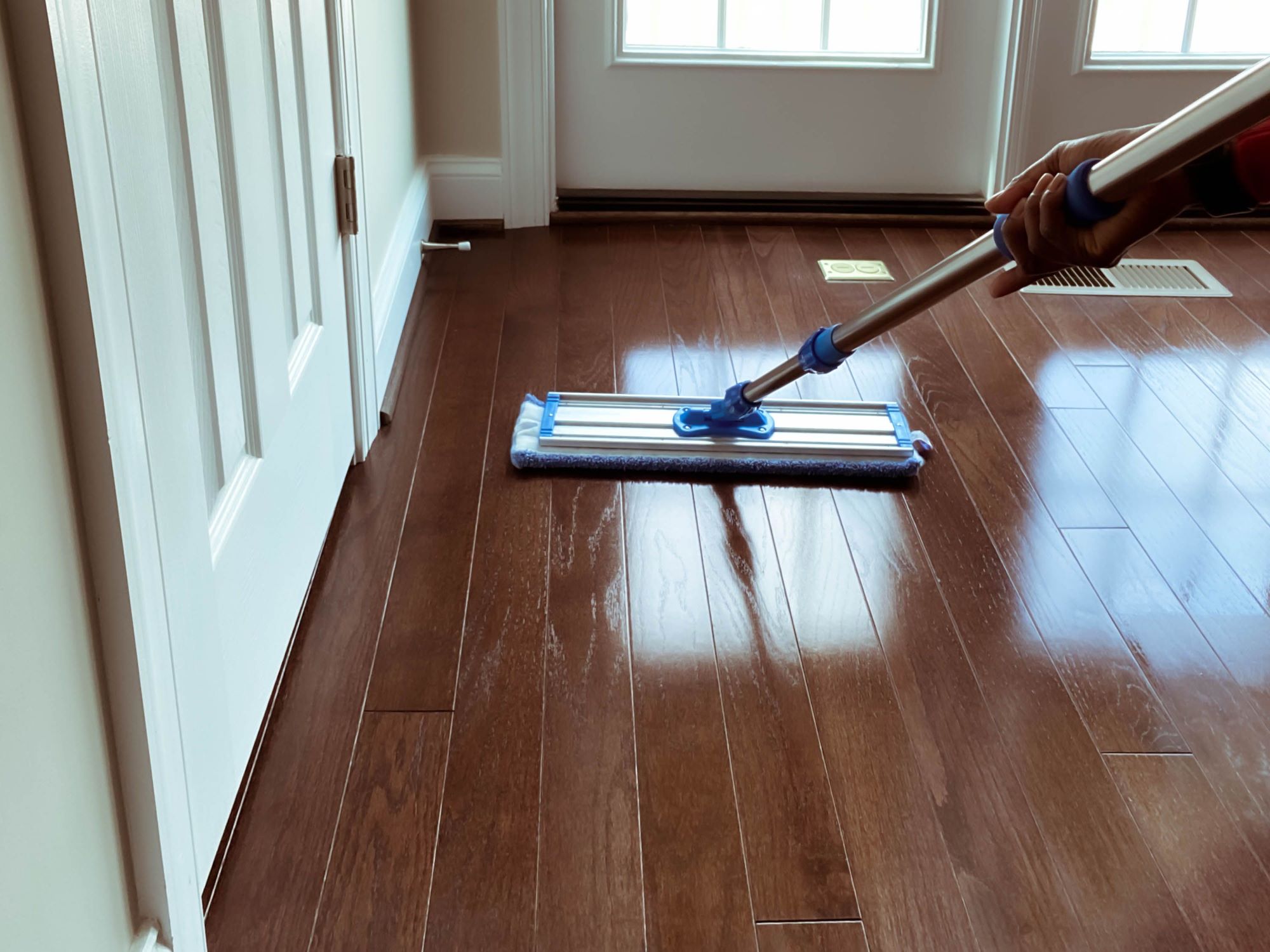
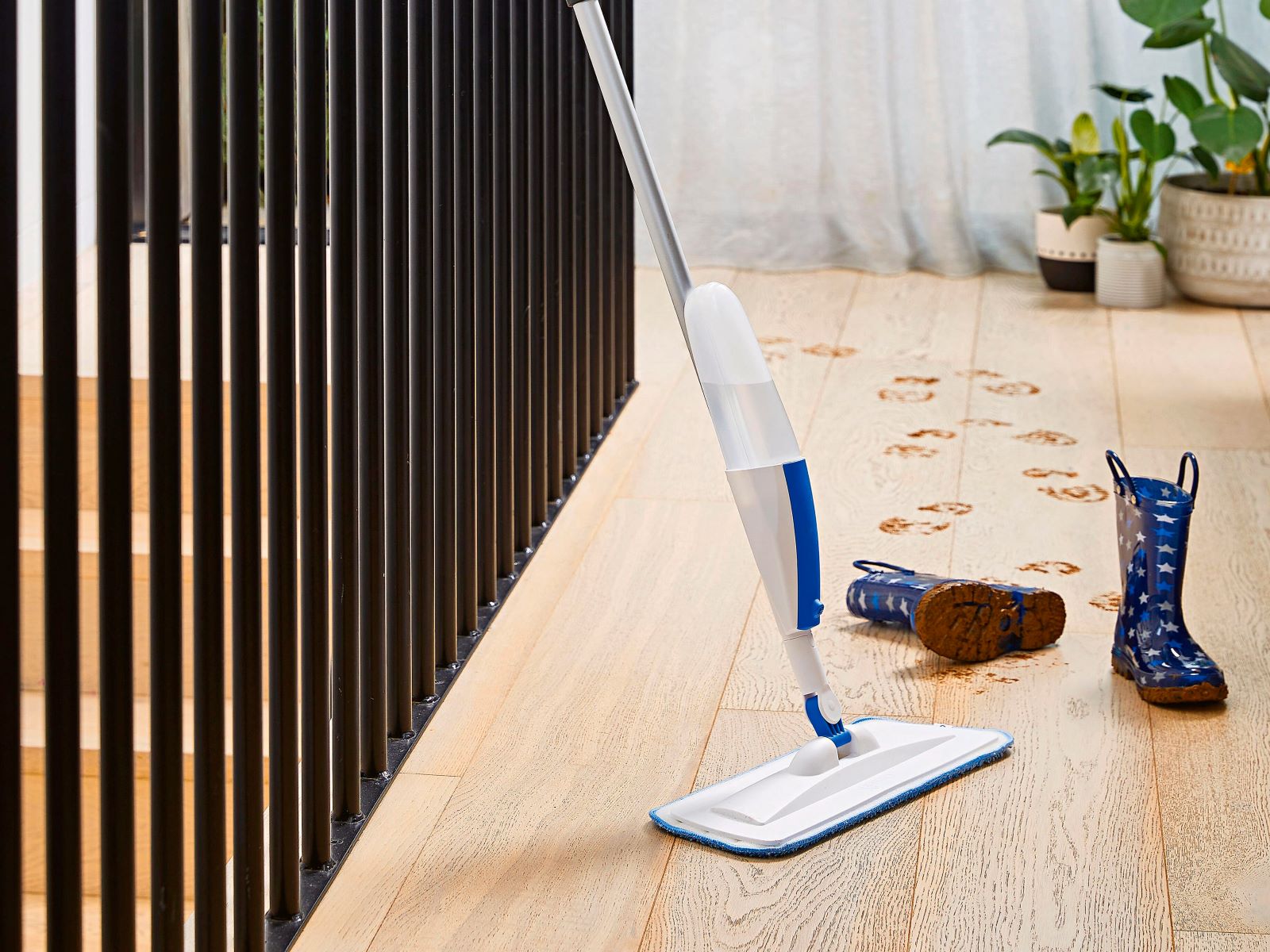
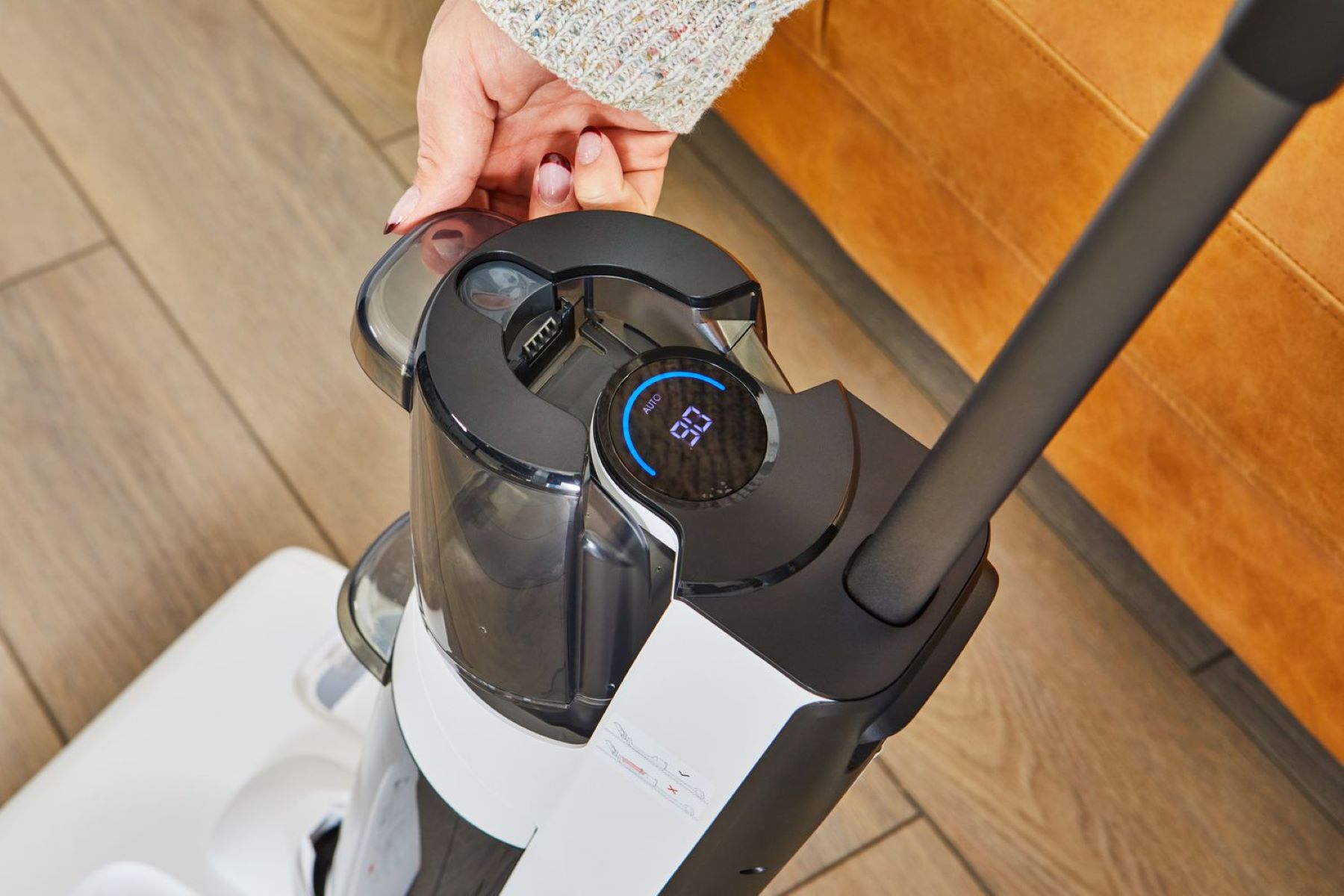
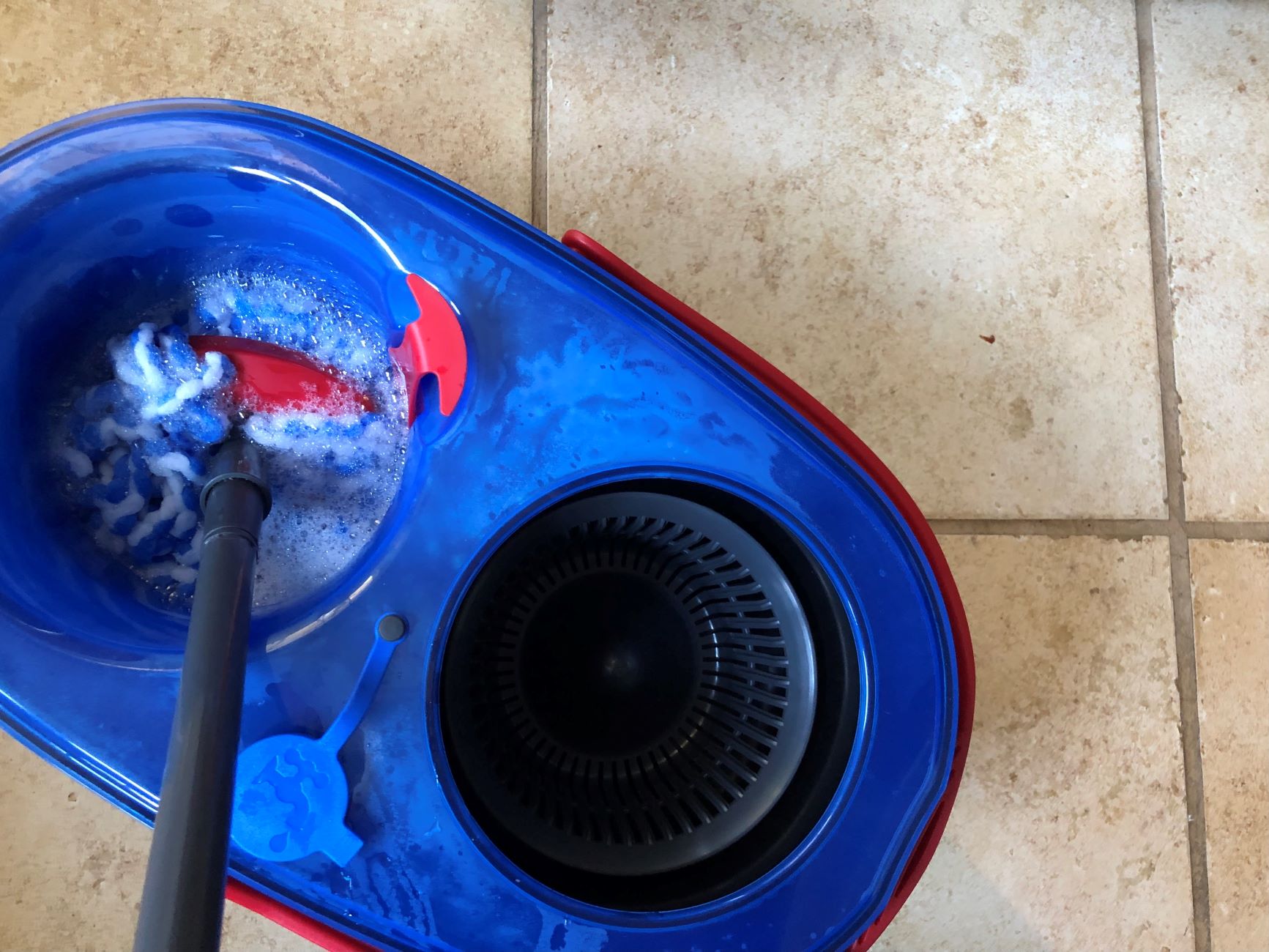
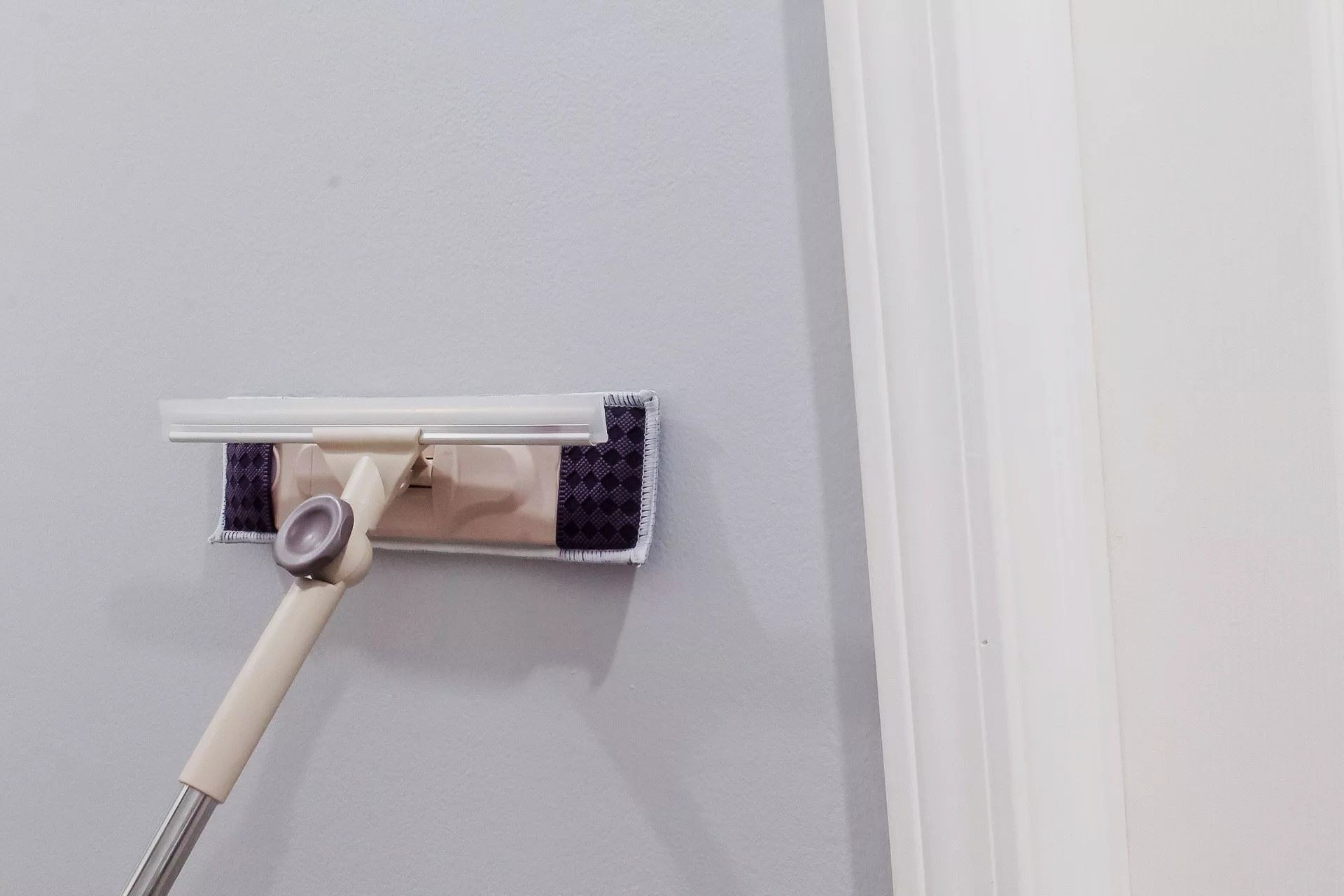
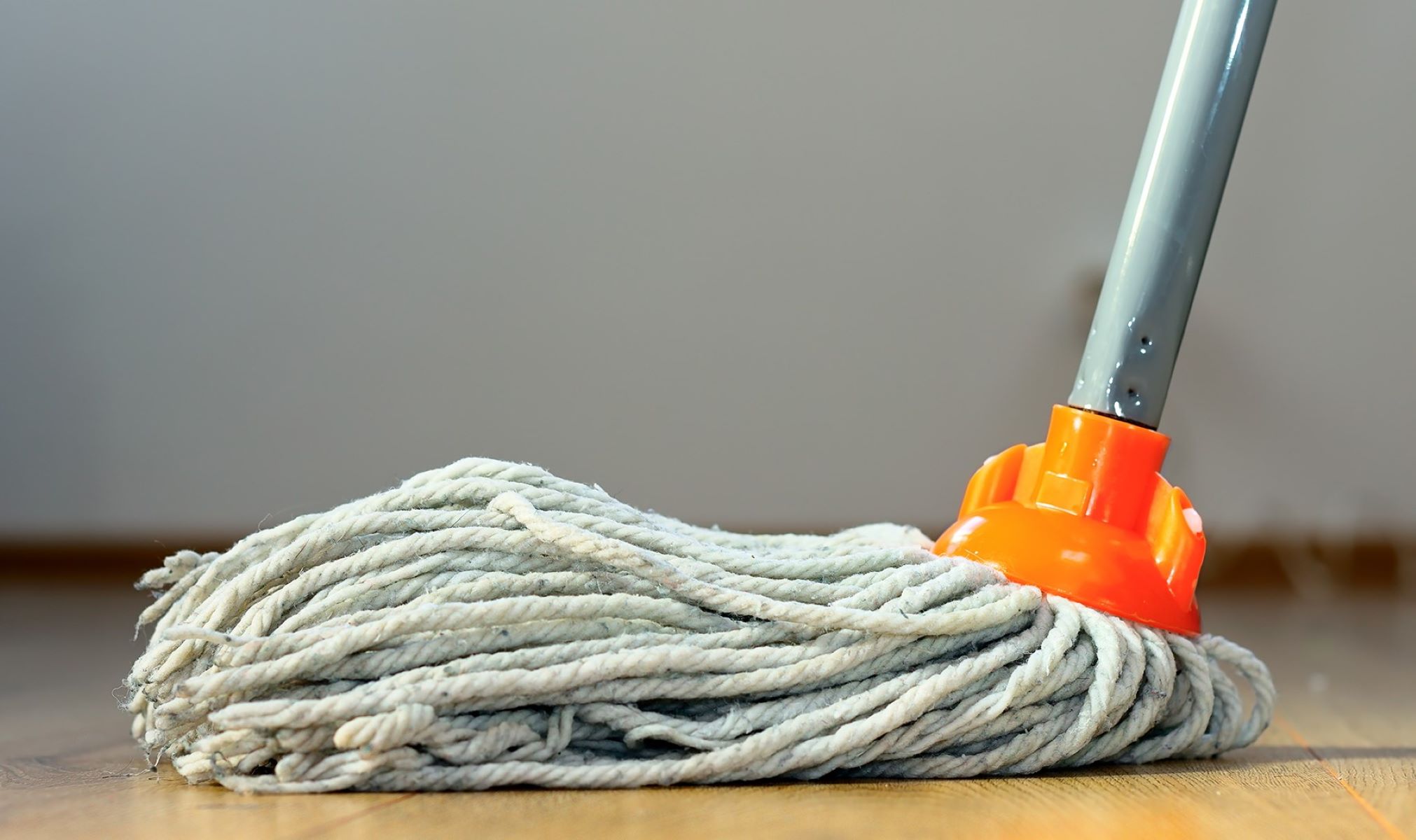
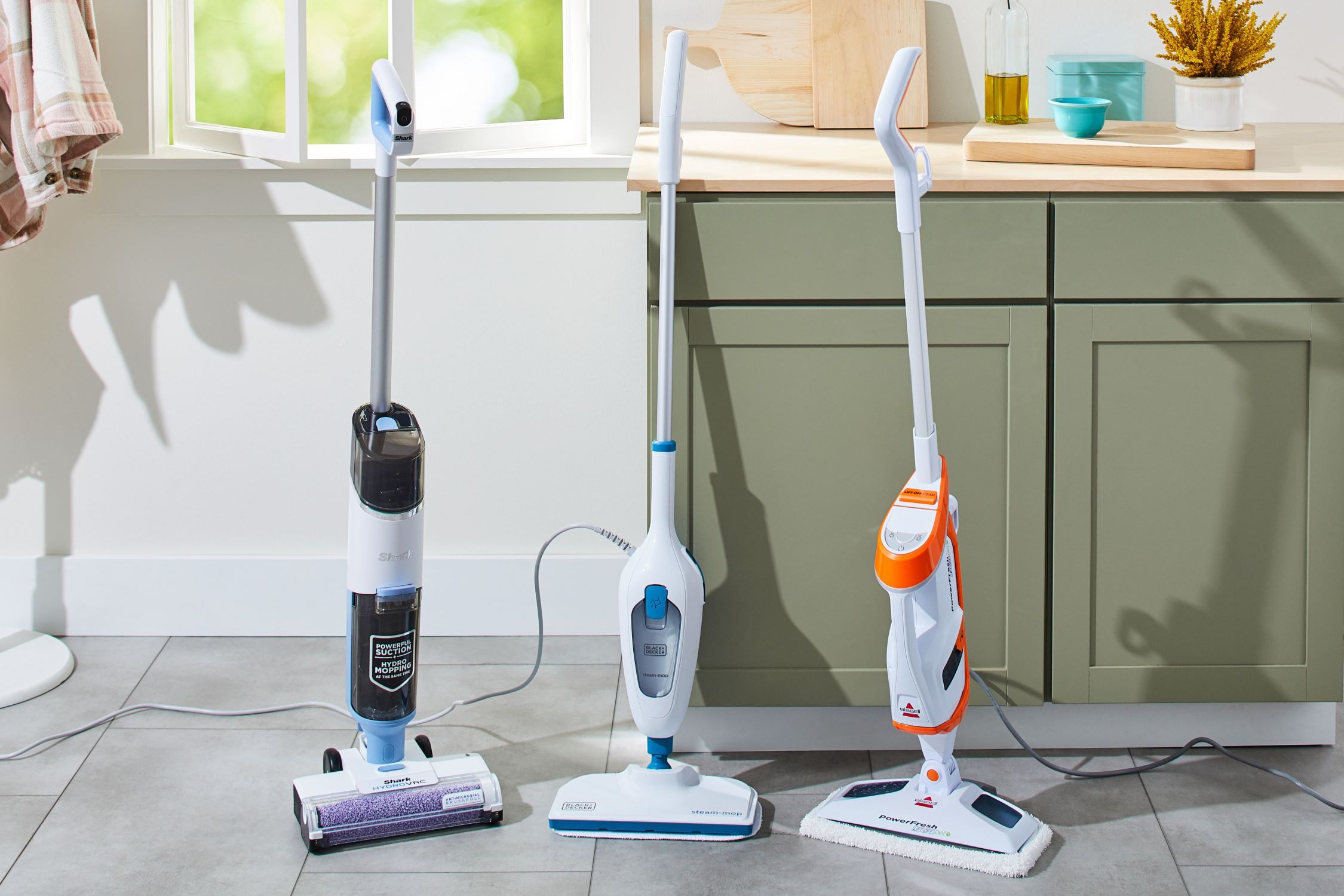
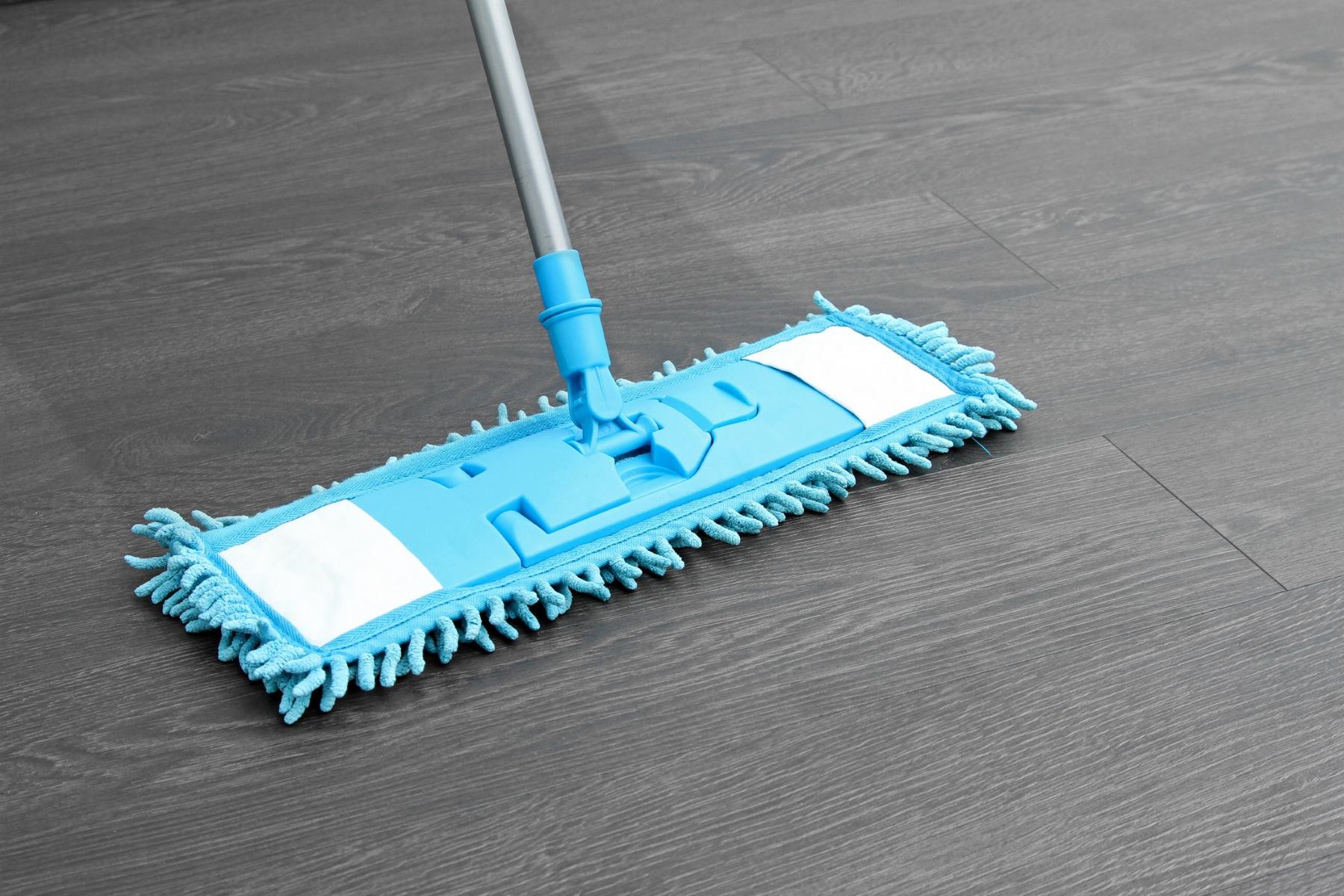
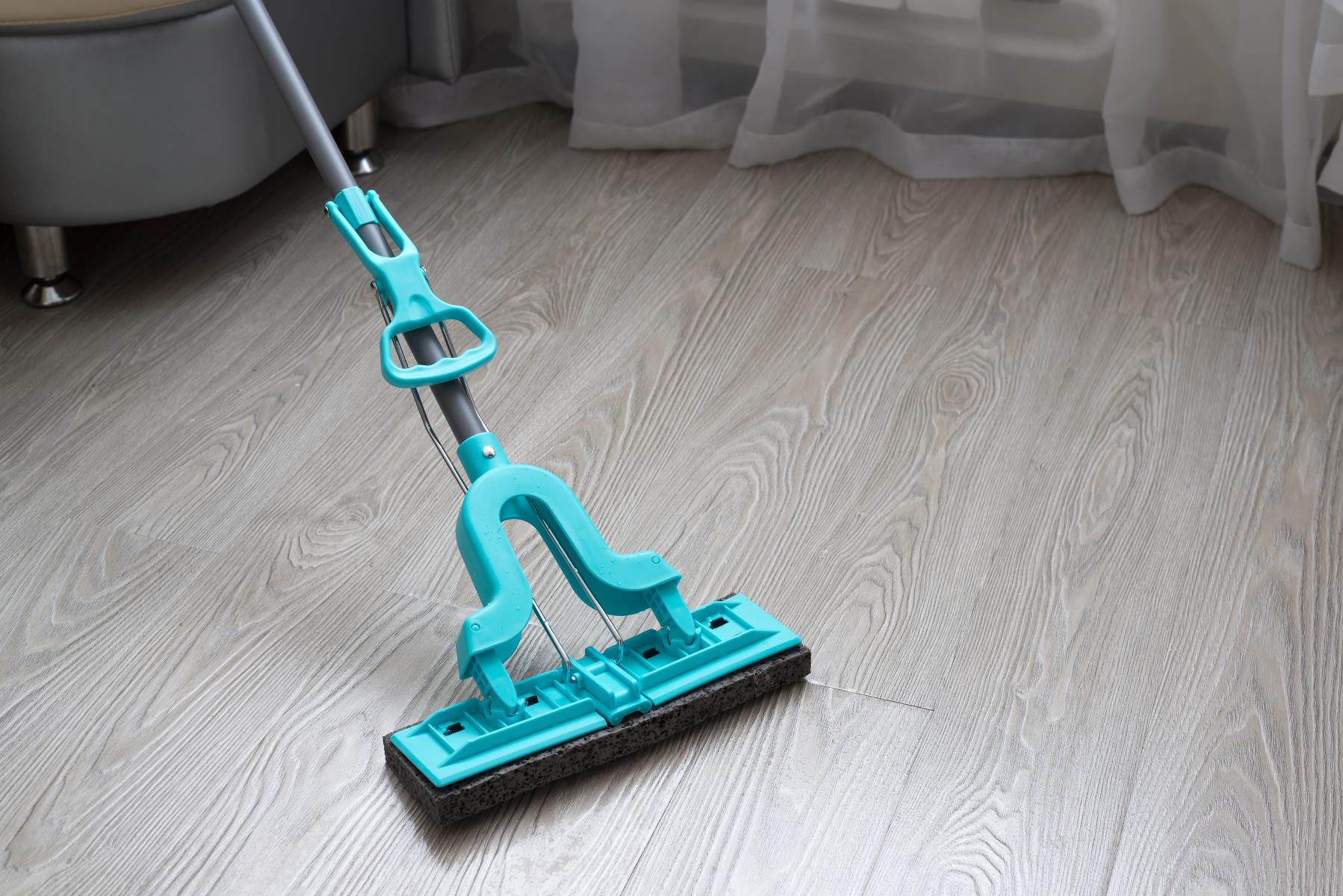
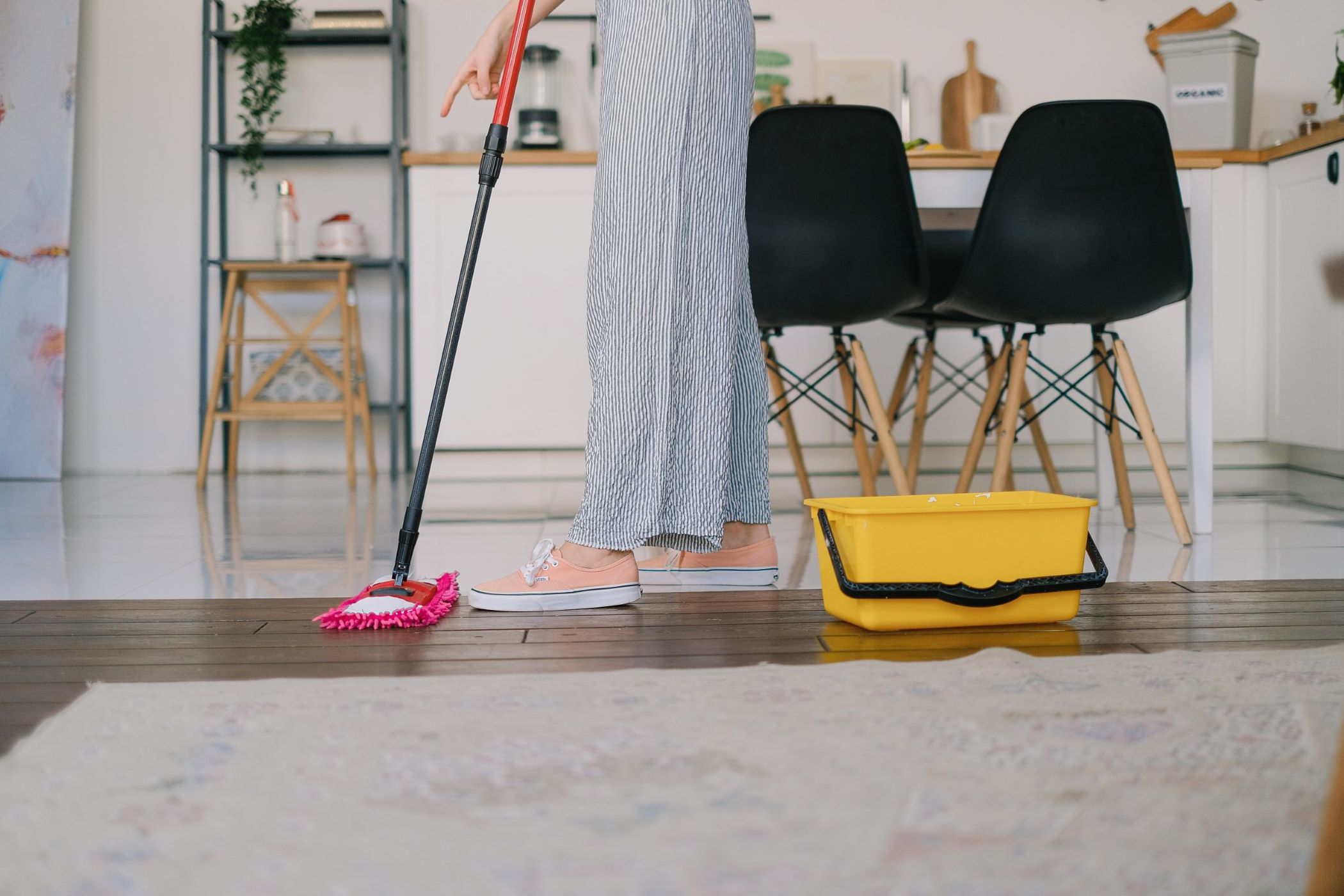

0 thoughts on “What Is A Mop”